Plaszów
In the summer of 1942, the Germans set up a labor camp in the southern outskirts of Krakow. Part of the camp was built on two Jewish cemeteries (burial sites). The commander of the camp was SS-Hauptsturmführer, Amon Göth. In February 1943, and following the imminent liquidation of the Krakow ghetto, the camp began to be expanded. Göth also took an active part in the liquidation of the ghetto in Krakow, March 1943. Jews who were not murdered during the liquidation or sent to Auschwitz ended up in Plaszow. Göth lived in a villa just outside the ghetto, often in company with mistresses, rode often his white horse in the camp, murdered arbitrarily and randomly prisoners in the camp, for instance, shooting them from the villa’s balcony. The camp’s prisoners were used as slave workers in German industries but also at a quarry next to the camp. German entrepreneur Oskar Schindler used about 900 prisoners from the camp as labor in his factory just outside the camp. By doing so, Schindler protected them from being deported to Auschwitz.
The camp expanded all the time and was at it’s largest in the summer of 1944 when it reached the status of a concentration camp. The Nazis began to dismantle the camp in the summer of 1944 as the Soviet Red army approached. Most of the camp’s buildings were demolished or dismantled and the bodies of those murdered and buried were dug up and cremated over open fires. The last prisoners were deported to Auschwitz on January 14, 1945. On January 19, the Red Army arrived at the camp and remained there for the rest of the year. During their stay, they devastated the former camp site which quickly began to detoriate as soon as they left. No one really cared of the site until the nineties when Schindler’s List was released. In total, about 35,000 prisoners were placed in the camp, at most about 20,000, about 8,000 were murdered and thousands were deported to other camps. Commander Amon Goth was arrested in May 1945 by American troops, handed over to Poland, tried in Krakow, sentenced to death and hanged in September 1946.
Current status: Demolished with monument (2015).
Location: 50°01'59.9"N 19°57'59.0"E
Get there: Tram.
Follow up in books: Kogon, Eugen: The Theory and Practice of Hell: The German Concentration Camps and the System Behind Them (2006).
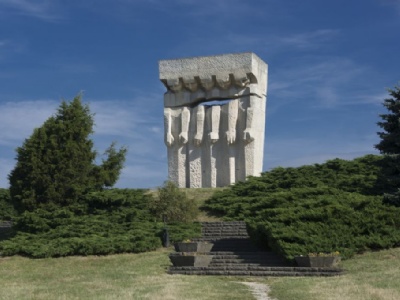

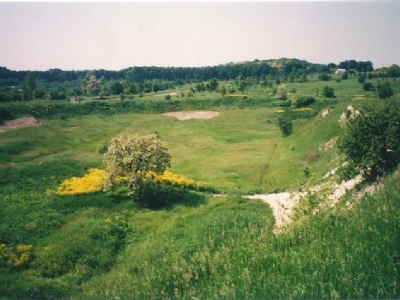
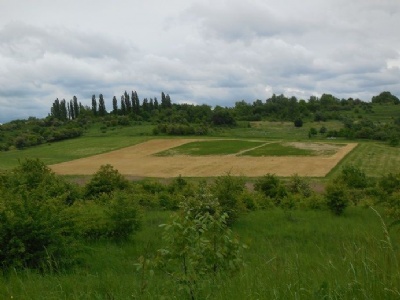
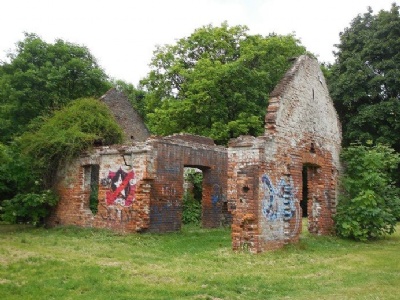
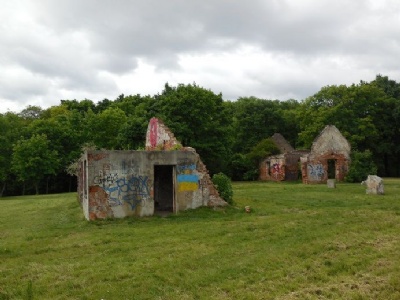
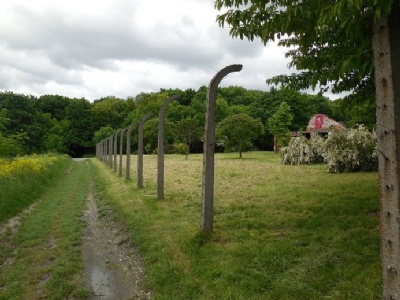
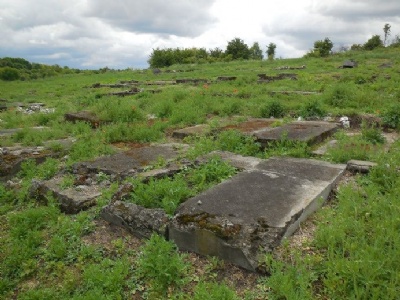

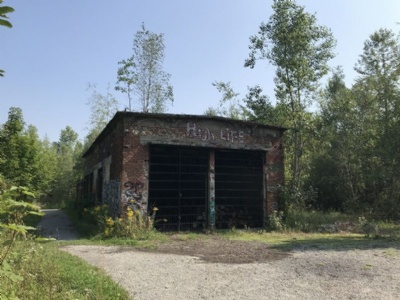

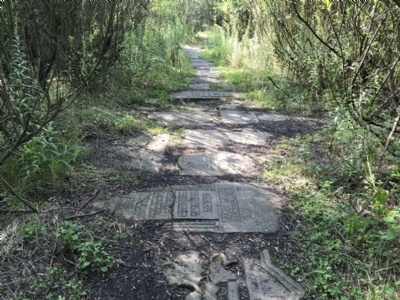
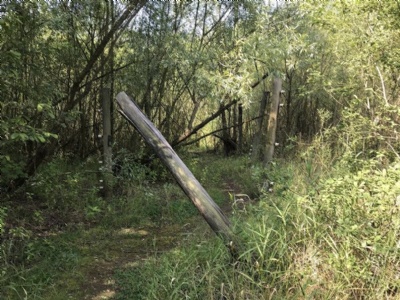
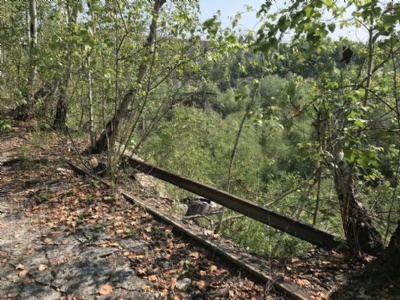
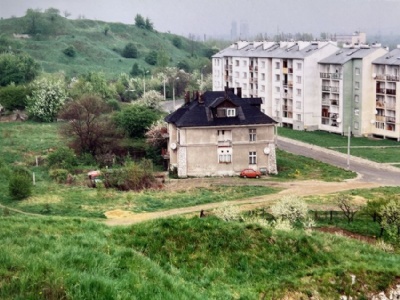

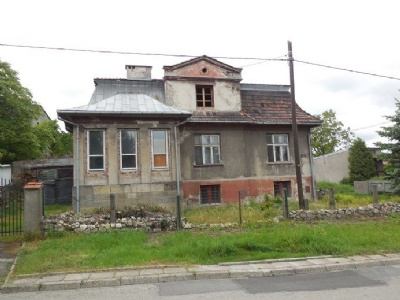
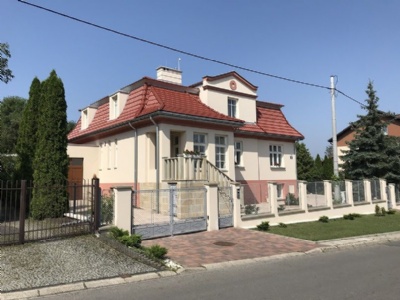
Plaszow became internationally known through the blockbuster movie, Schindler´s List, from 1993. Until then, few people knew about the camp. Of the camp, hardly anything remains, SS administration house (Grey House) remains and some ruins after houses located just outside the camp. Across the former camp area there are several monuments and information boards informing about the camp. The commandant Amon Göth’s villa just outside the camp remains and is privately owned. It was characterized for many years of decay but nicely renovated in 2019. Next to Plaszow lies an old abandoned quarry.
During my first visit to the site in 1996 it was still just an area where people walked their dogs and young people hanged arround. It also gave an insecure feeling. It had it’s monument but no one was really paying any attention to the site. In some way it was neglected and you could find debris everywhere. After Schindler’s List the area begun to recover and in 2023 they start to build a museum at the site.
Prior to filming och Schindler’s List, director Steven Spielberg had a smaller replica of the camp built in the quarry, including Göth’s villa and stable/garage. After the filming, discussions were held wether the camp replica should be kept for visitors. But it was decided to dismantle it, but not entirely. Camp poles from the film shooting are still there, as well as foundation after Goth’s replica villa and parts of the stairs down to the camp from the villa. The garage and stable also remains, so does the camp street where Jewish tombstones were used as a coating. Over the years, the trees have grown increasingly dense and larger, but it is still possible to visit the place. However, everything is movie props and nothing that has any historical value, but it is still interesting to wander around the site and look at everything. But have in mind that there is no natural way to the quarry, you simply have to find your way, but it is worth it.